Iran’s Fordow nuclear site - a key flashpoint in the global nuclear standoff
Hidden beneath a mountain range near Iran’s holy city of Qom lies one of the most heavily fortified and secretive sites in the country’s nuclear program - the Fordow Fuel Enrichment Plant, reports a Kazinform News Agency correspondent.
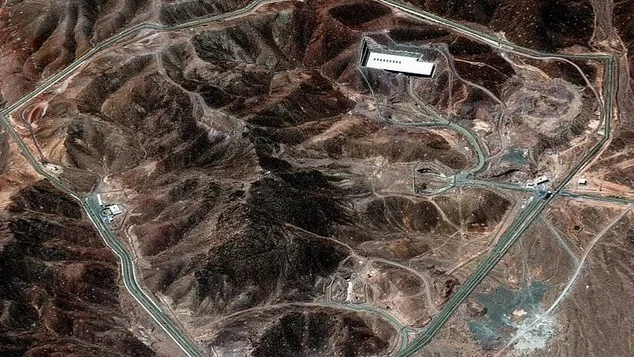
Characterized by a wide security perimeter, five tunnels burrowed deep into the rock, and support infrastructure partially visible in satellite imagery, Fordow has become a central concern in the ongoing confrontation between Tehran and the West. Recent satellite imagery reveals five tunnels carved into a mountain range, accompanied by a large support structure and a wide security perimeter - the only visible elements of Iran’s secretive enrichment plant.
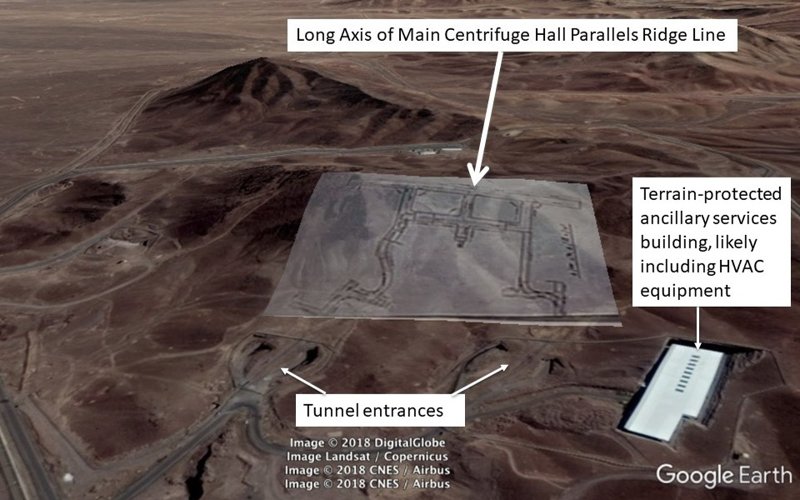
Fordow was first made public in 2009, when then-U.S. President Barack Obama, joined by French President Nicolas Sarkozy and UK Prime Minister Gordon Brown, announced its existence to the world.
“The size and configuration of this facility is inconsistent with a peaceful program,” Obama stated.
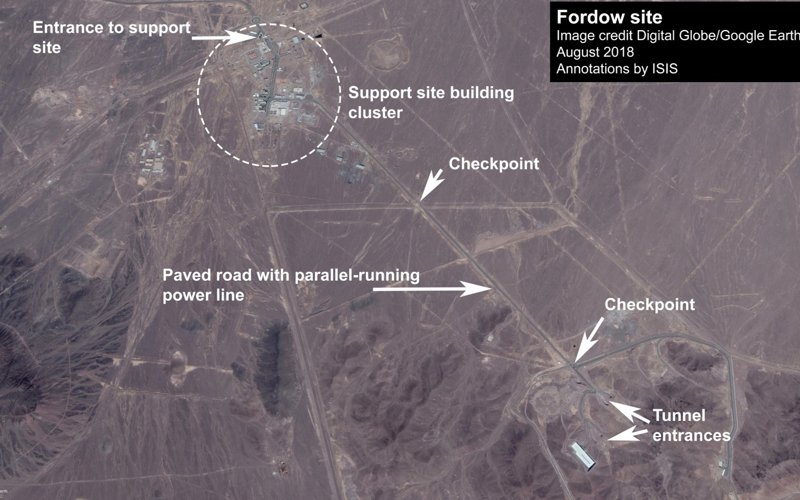
Days earlier, Tehran had informed the International Atomic Energy Agency (IAEA) of plans to construct a new enrichment site, likely because it had learned that Western intelligence agencies were already aware of it. By that time, construction had been underway for years - satellite imagery from as early as 2004 confirmed visible activity, and the IAEA later reported signs of construction dating back to 2002.
According to David Albright, president of the Washington-based Institute for Science and International Security (ISIS), “Fordow is actually a project that started during what we call the crash nuclear weapons program of the early 2000s.”
Originally, the site was intended to produce weapons-grade uranium from low-enriched uranium generated by Iran’s civilian nuclear program. The facility's centrifuge halls are believed to lie 80 to 90 meters underground - far beyond the reach of any conventional Israeli munitions.

Return of enrichment and growing international alarm
After years of mounting international pressure, Fordow came under strict monitoring as part of the 2015 Joint Comprehensive Plan of Action (JCPOA), which required Iran to remove two-thirds of its centrifuges and all nuclear material from the site. However, after the United States withdrew from the deal in 2018, the limitations began to erode. That same year, Israeli Prime Minister Benjamin Netanyahu presented materials allegedly seized from Iran’s “atomic archive,” which included blueprints of the Fordow facility and a document indicating it was intended to produce enough highly enriched uranium for at least one or two nuclear weapons annually.
“We never saw any, any inconsistency… you just can’t make that amount of stuff up,” Albright said after reviewing the documents.
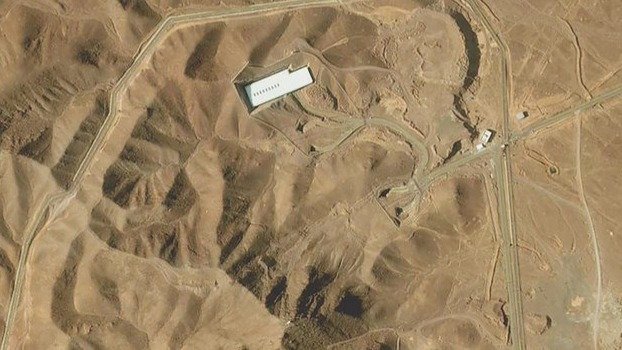
The IAEA’s report of May 31, 2025, confirmed that Iran has resumed enrichment of uranium to 60% purity at Fordow - a level dangerously close to weapons-grade. The site now reportedly contains around 2,700 centrifuges, and analysts estimate that Iran could convert its current stockpile into 233 kilograms of weapons-grade uranium - enough for nine nuclear warheads - in as little as three weeks.
“The significantly increased production and accumulation of highly enriched uranium by Iran… is of serious concern,” the IAEA stated.
While concerns persist about the consequences of a strike on a nuclear facility, experts emphasize that any radioactive or toxic contamination following a potential attack on Fordow would likely remain highly localized. The plant, reportedly engaged in enriching uranium isotopes, mostly handles uranium in the form of uranium hexafluoride gas. According to Dr. Emily Caffrey, a health physics expert at the University of Alabama at Birmingham, this heavy gas “is likely not going to travel super-far.” She notes that “an environmental release likely wouldn't present a problem for anybody that’s not in the immediate area.”
Strategic uncertainty, containment risks, and the path forward
Fordow today stands as more than a facility - it is a symbol of Iran’s strategic depth and the limits of international oversight. Its destruction would not eliminate the broader challenge posed by Iran’s nuclear program. “If you destroy it, it’s not the end of the line… And where are they?” Albright asked, raising the possibility of undisclosed centrifuge reserves or hidden enrichment sites.
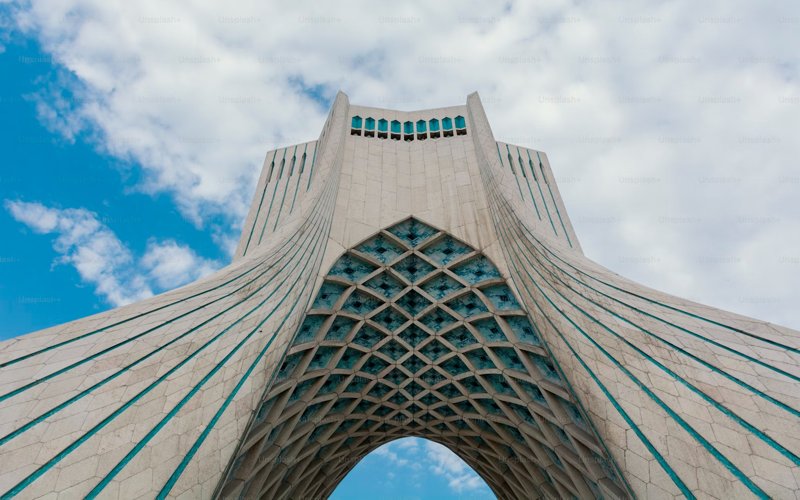
Experts also stress that in the event of an airstrike, the risk of widespread radioactive contamination would likely be minimal. According to Edwin Lyman, director of nuclear power safety at the Union of Concerned Scientists, any release of uranium hexafluoride gas - the primary material handled at Fordow - would “probably lead, at most, to a relatively low level of contamination… fairly close to the site.”
The facility’s deep underground location and the likelihood that surrounding rock would collapse over it further limit the chances of broader environmental exposure. International Atomic Energy Agency Director General Rafael Grossi echoed this view in reference to past incidents at Natanz, where radiation levels outside the site remained normal, though localized chemical contamination was detected inside. Such risks, he noted, are manageable with proper precautions.
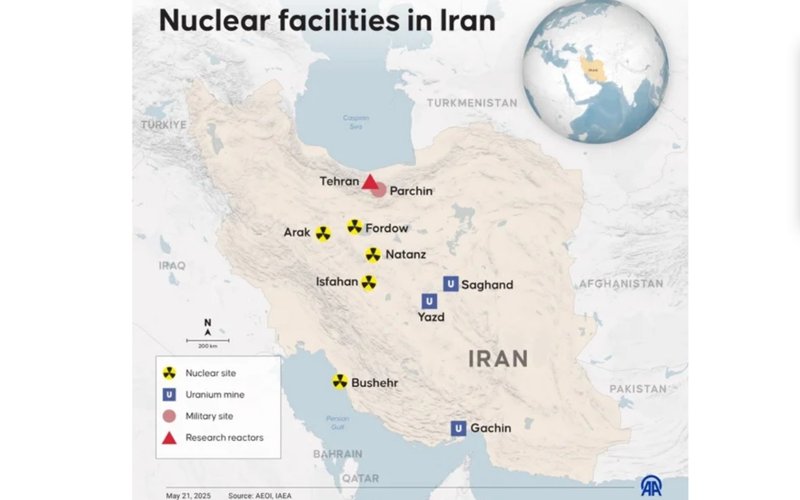
In conclusion, Fordow represents a uniquely complex dilemma for the global nonproliferation regime. While sabotage offers a low-visibility path to disruption, the prospect of military strikes carries enormous risks of regional escalation and U.S. involvement. Diplomatic solutions, while increasingly elusive, remain the only path to long-term resolution. As tensions rise, the Fordow site has become a focal point in determining whether Iran’s nuclear trajectory can be redirected - or whether the region will face the destabilizing consequences of unchecked proliferation.
Earlier, it was reported that the World Bank has lifted its 2013 ban on financing nuclear energy projects in developing countries, according to an announcement by President Ajay Banga following a board meeting.
